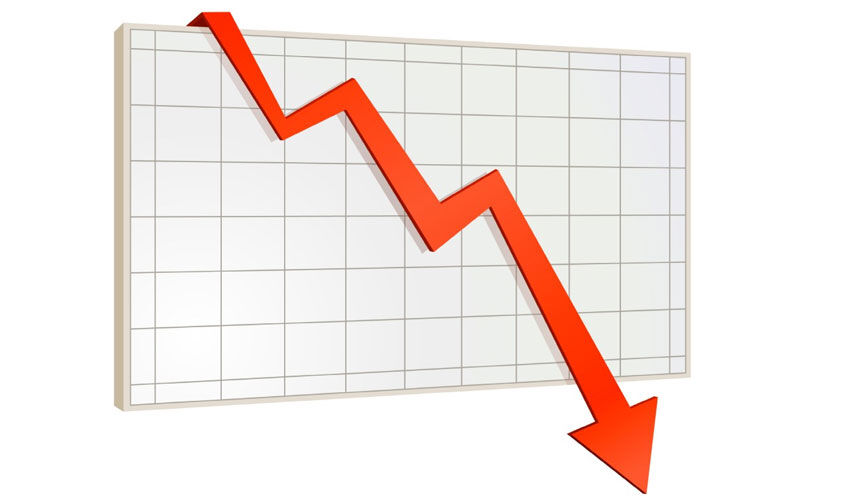
Exports of domestic goods in January-June 2025 amounted to $1226.2 million (76.6% of total exports), 9.8% less than in the same period of 2024, according to data from the National Bureau of Statistics.
Re-exports of foreign goods in January-June 2025 totaled $375 million (23.4% of total exports), down 10.8% from the first half of 2024. The share of foreign goods re-exported after substantial processing amounted to 16.2% of total exports, while classical re-export of foreign goods amounted to 7.2%.
Export supplies to the European Union (EU-27) in January-June 2025 amounted to $1026.9 million (11.3% less than in the corresponding period of 2024), or 64.1% of total exports.
Goods worth $107.1 million (-23.9%) were exported to the CIS countries, which corresponds to 6.7% of the total export volume.
Exports to such countries as Germany (by 22.4%), Poland (19.4%), Romania (8%), etc. continued to fall.
Exports to the Czech Republic (by 80%), Belgium and Austria (32%), France (22%), the Baltic States, etc. increased.
Exports to Russia decreased by 13.4%, to Belarus – by 26%, to Kazakhstan 5 times.
Among other countries it is worth mentioning Turkey, where exports decreased by 24% in June, although during the half-year they increased by 65%.
Exports to the United States also continue to decline – almost twice in June and by a third over the half-year.
“Overall, exports have been declining for 26 months. By 1H 2025, it is down 30%. To the CIS and other countries by 35%, to the EU by 27%,” economic analyst Vladimir Golovatiuc calculated.
At the same time, in the first half of 2025, imports of goods amounted to $5117.6 million, which is 18.6% more than in the corresponding period of 2024.
A significant gap between exports and imports led to the accumulation of a negative trade balance of $3516.4 million, which is $980.7 million (+38.7%) more than in the same period of 2024.
“At first glance, the reason for the increase in the foreign trade deficit is the increase in imports and decrease in exports. But the problem of the foreign trade imbalance is another – the fall in exports. And this, in turn, is the result of a supply crisis. Thus, the root cause is the problems in Moldova’s production sector,” states Vladimir Golovatiuc.













